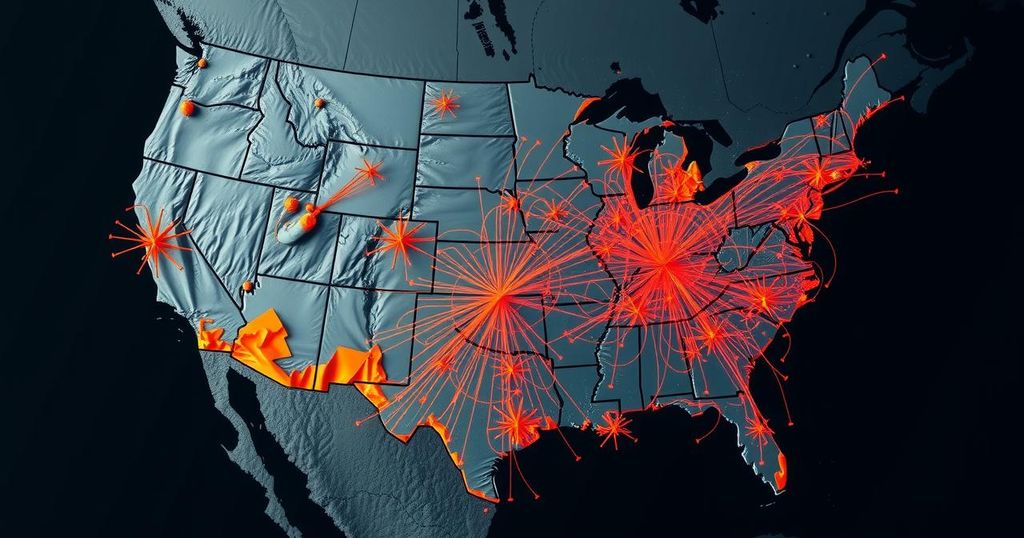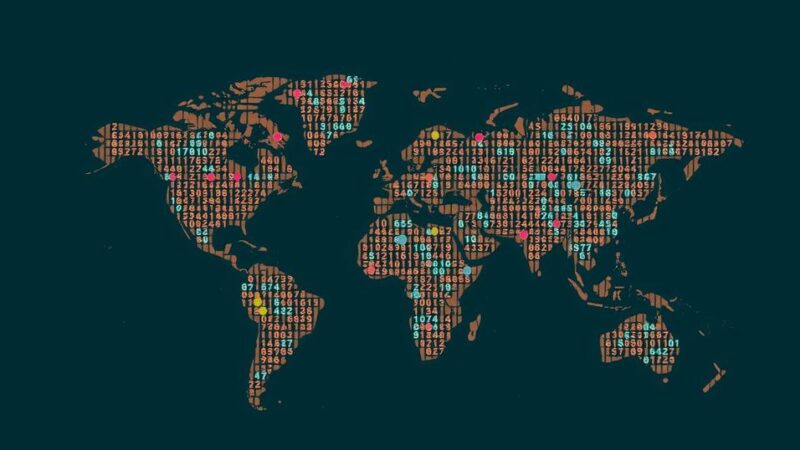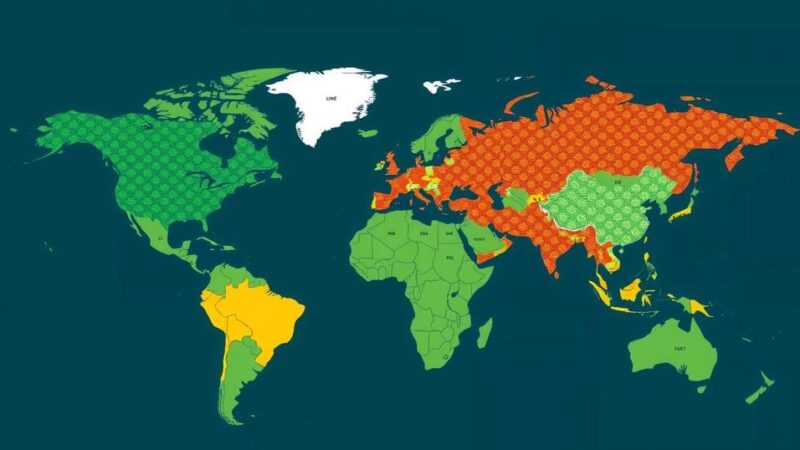A series of earthquakes, including a significant 4.4-magnitude quake in California on November 7, reflect increased seismic activity. Notable recent events include tremors in Greece, Hawaii, and Missouri, highlighting the importance of monitoring these occurrences for public safety and preparedness.
On November 7, a 4.4-magnitude earthquake occurred in California, specifically centered in Borrego Springs at a depth of 9.8 kilometers (approximately six miles), as reported by the United States Geological Survey (USGS). This event followed a series of notable earthquakes within a few days, including a 4.4-magnitude quake in Greece on November 5, which was centered in Chalandrítsa at a depth of 82.3 kilometers (about 51.1 miles). Just hours before the California earthquake, Hawaii also experienced a 4.8-magnitude tremor in Pāhala, located at a depth of 38.4 kilometers (about 23.9 miles). The seismic activity in California was preceded by a 3.3-magnitude earthquake recorded on November 4 in Anza and a series of other earthquakes that took place over the preceding days. For instance, on November 3, a 4.3-magnitude earthquake struck La Serena, Chile, at a depth of 46.1 kilometers (about 28.65 miles), and a 3.7-magnitude quake hit Steele, Missouri, centered at a depth of 10.5 kilometers (about 6.5 miles). In addition, multiple earthquakes were reported in Greece, including a significant 5.3-magnitude quake on November 3 in Néa Poteídaia at a depth of 10.0 kilometers (approximately 6.2 miles). This pattern of seismic activity highlights a remarkable increase in occurrences, particularly on the West Coast of the United States. Further examining previous occurrences, on October 30, a 6.0-magnitude earthquake was reported in Oregon at a depth of 10 kilometers (about 6.2 miles), which appeared shortly after a 3.2-magnitude shake in California also on October 30. Subsequent minor quakes struck in Lompoc, California, with magnitudes of 3.2 and 3.6 recorded shortly after one another. Additionally, earlier on October 24, a 4.1-magnitude earthquake was noted in Petrolia, California. This sequence of tectonic activities emphasizes the importance of monitoring seismic events in various regions, as well as recognizing patterns and potential impacts associated with such occurrences. 257 individuals reported feeling the earthquake in California at the time of publication, a statistic that illustrates the event’s notable impact on the local population.
The occurrence of earthquakes is a significant aspect of geophysical activity affecting various regions worldwide. Seismologists actively monitor these events through organizations like the United States Geological Survey (USGS), which provides real-time data regarding the magnitude, depth, and location of seismic disturbances. Earthquakes are categorized based on their magnitude, which is determined using specific scales, with the Richter scale being one of the most recognized. Understanding the patterns of seismic activity is essential for public safety and preparedness in regions prone to earthquakes. Recent events illustrate a heightened level of geological activity in United States territories, particularly in California and the surrounding states.
In summary, the recent series of earthquakes spanning across California, Greece, Hawaii, and more, signifies a noteworthy trend in seismic activity that merits attention from both authorities and residents alike. As the USGS continues to monitor these incidents, the information they provide will remain vital for understanding and preparing for future events. With hundreds of reports emanating from recent earthquakes, it is evident that these natural occurrences significantly impact local communities and underscore the necessity for robust disaster preparedness protocols.
Original Source: kfbk.iheart.com






